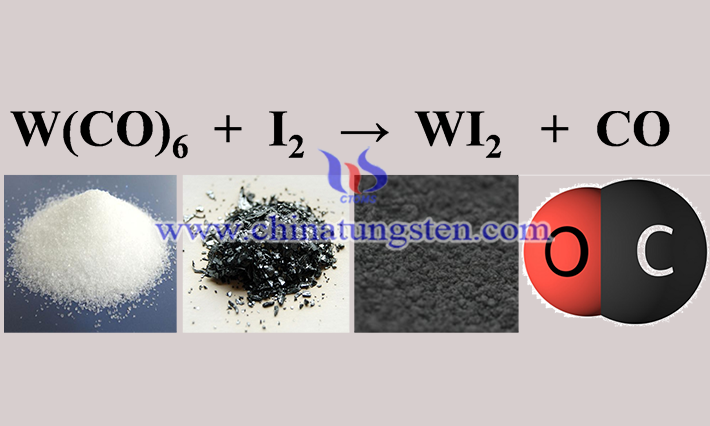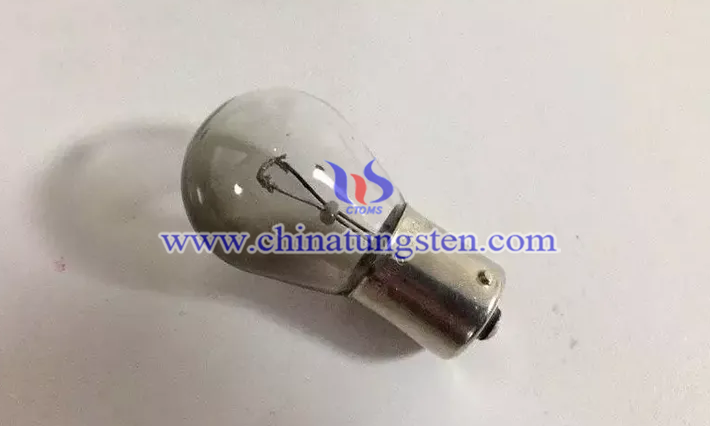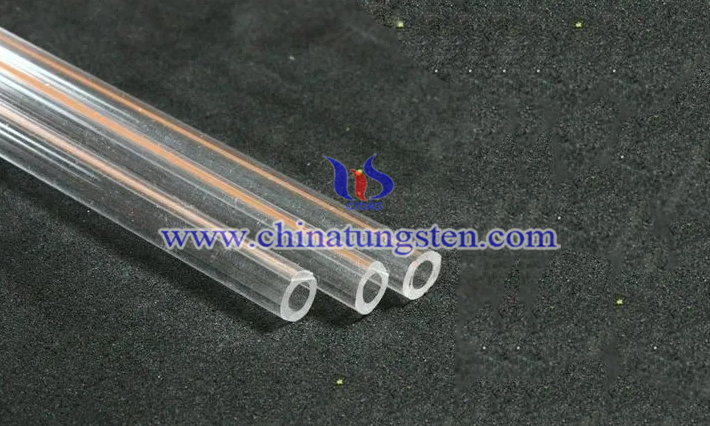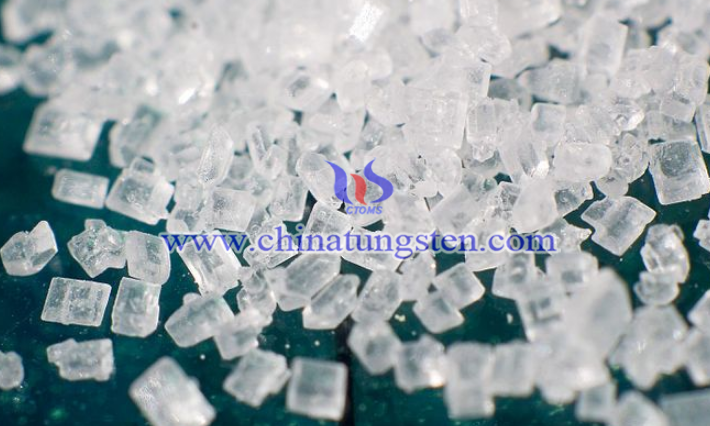How to Make a Preparation of Tungsten Diiodide from Tungsten Hexacarbonyl?
- Details
- Category: Tungsten Information
- Published on Tuesday, 27 June 2023 22:18
- Written by Shuangfeng
- Hits: 775

There can be two methods of preparing tungsten diiodide using tungsten hexacarbonyl, the main difference between the two being in the choice of temperature.
Read more: How to Make a Preparation of Tungsten Diiodide from Tungsten Hexacarbonyl?
How to Prepare Tungsten Diiodide by High-Temperature Chemical Method?
- Details
- Category: Tungsten Information
- Published on Monday, 26 June 2023 16:44
- Written by Shuangfeng
- Hits: 763

The high-temperature chemical method of tungsten diiodide is legally produced by the reaction of elemental tungsten and elemental iodine at temperatures between 600 and 800°C: W+I2→WI2. Generally, the temperature selected for the reaction is 800°C, and tungsten diiodide is produced using the reaction of tungsten powder with iodine.
Read more: How to Prepare Tungsten Diiodide by High-Temperature Chemical Method?
What Is the Stability of Tungsten Diiodide?
- Details
- Category: Tungsten Information
- Published on Monday, 26 June 2023 16:17
- Written by Shuangfeng
- Hits: 660

Tungsten diiodide (WI2) has good stability at room temperature but readily reacts chemically at high temperatures and in the presence of oxygen. Tungsten diiodide is an inorganic compound with the following chemical properties.
What Are the Preparation Methods for Tungsten Diiodide?
- Details
- Category: Tungsten Information
- Published on Monday, 26 June 2023 16:31
- Written by Shuangfeng
- Hits: 758

There are three direct preparation methods for tungsten diiodide, which are obtained by high-temperature chemotaxis, halide exchange reaction, and reaction of tungsten hexacarbonyl with elemental iodine. Meanwhile, tungsten diiodide can also be obtained by indirect method.
Read more: What Are the Preparation Methods for Tungsten Diiodide?
What Kind of Crystal Is Tungsten Diiodide?
- Details
- Category: Tungsten Information
- Published on Wednesday, 14 June 2023 17:20
- Written by Shuangfeng
- Hits: 746

Tungsten diiodide is a transition crystal. Transitional crystals are different from many substances in nature with regular geometrical shapes, such as ionic crystals, molecular crystals, atomic crystals, and metal crystals. The inter-particle role of the lattice junctions of the transitional crystals has changed, and the interactions between particles of the crystalline structure and the nature of the crystal between the different types of crystalline forms, which is difficult to be classified as any of the above-mentioned typical crystals, and there are a lot of actual crystals belonging to the transitional crystals.





 sales@chinatungsten.com
sales@chinatungsten.com